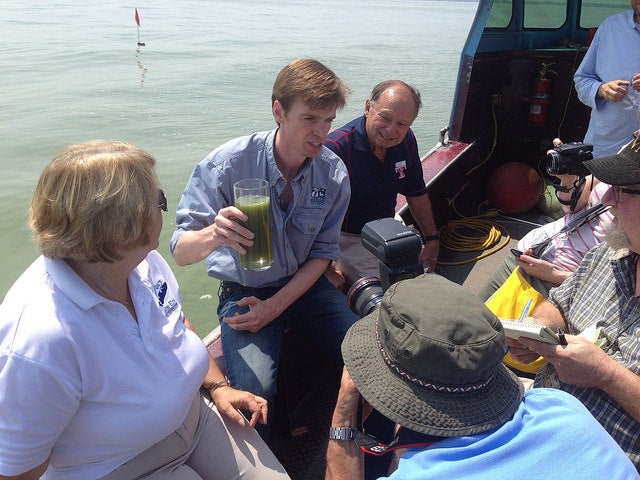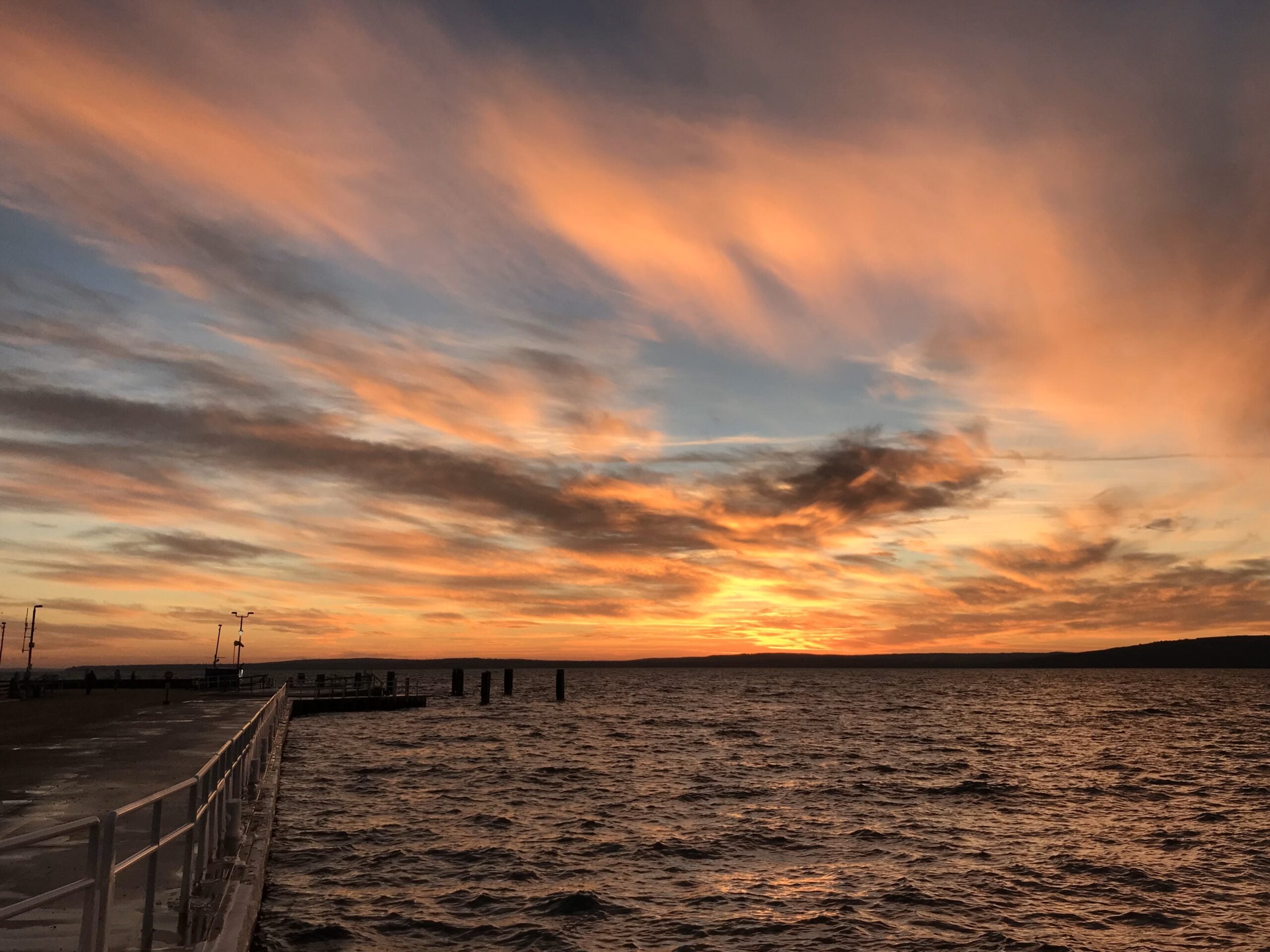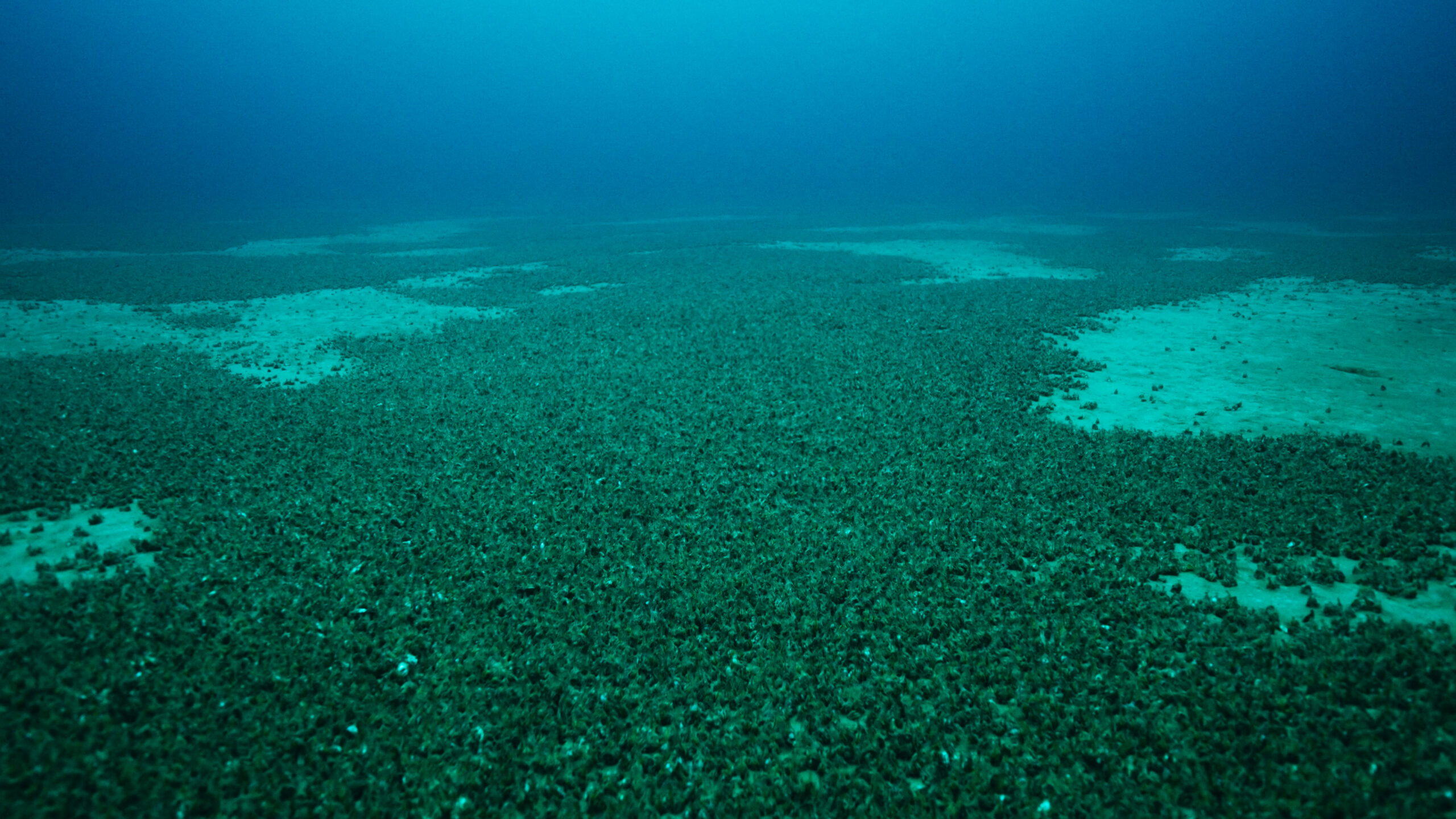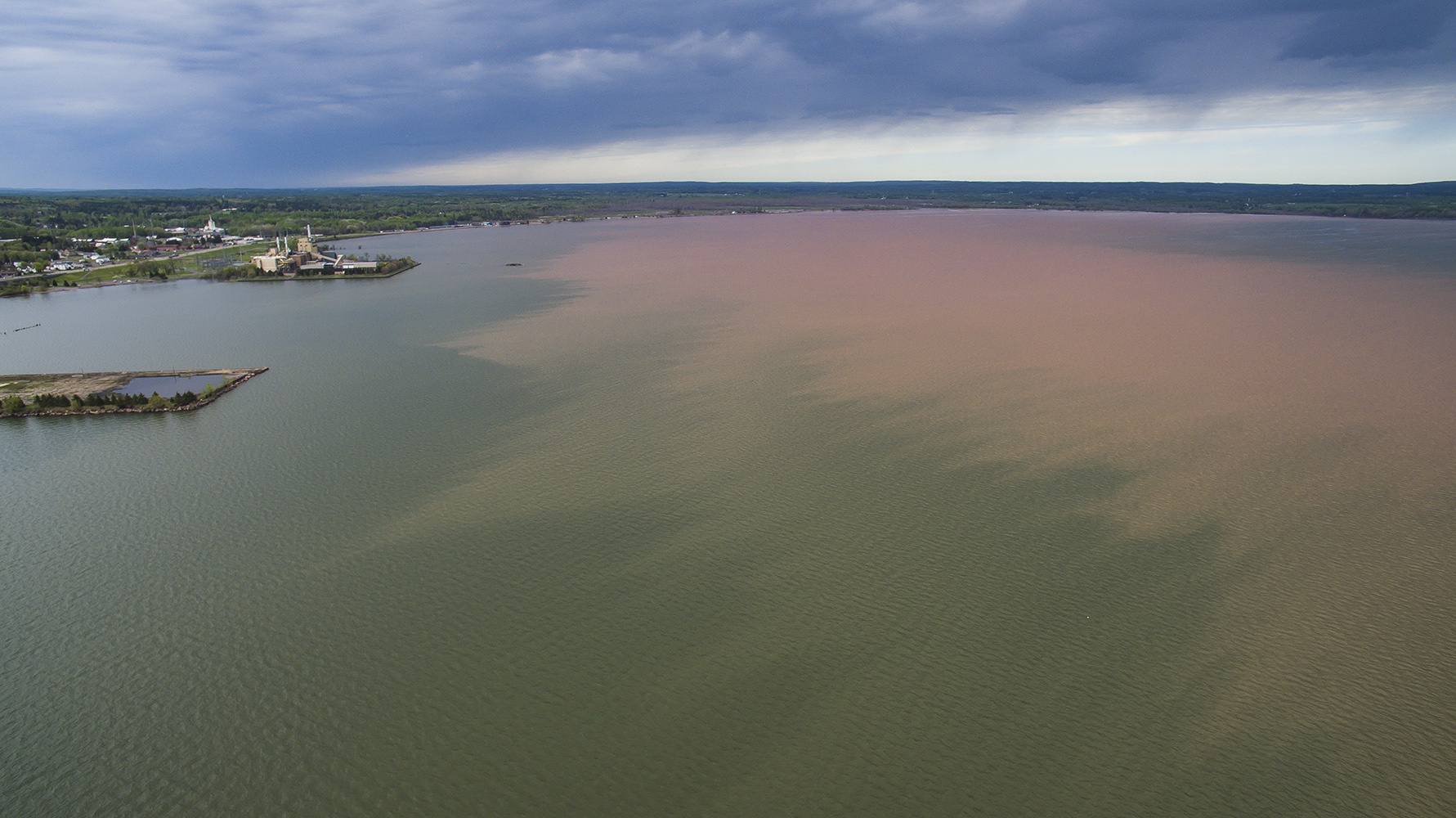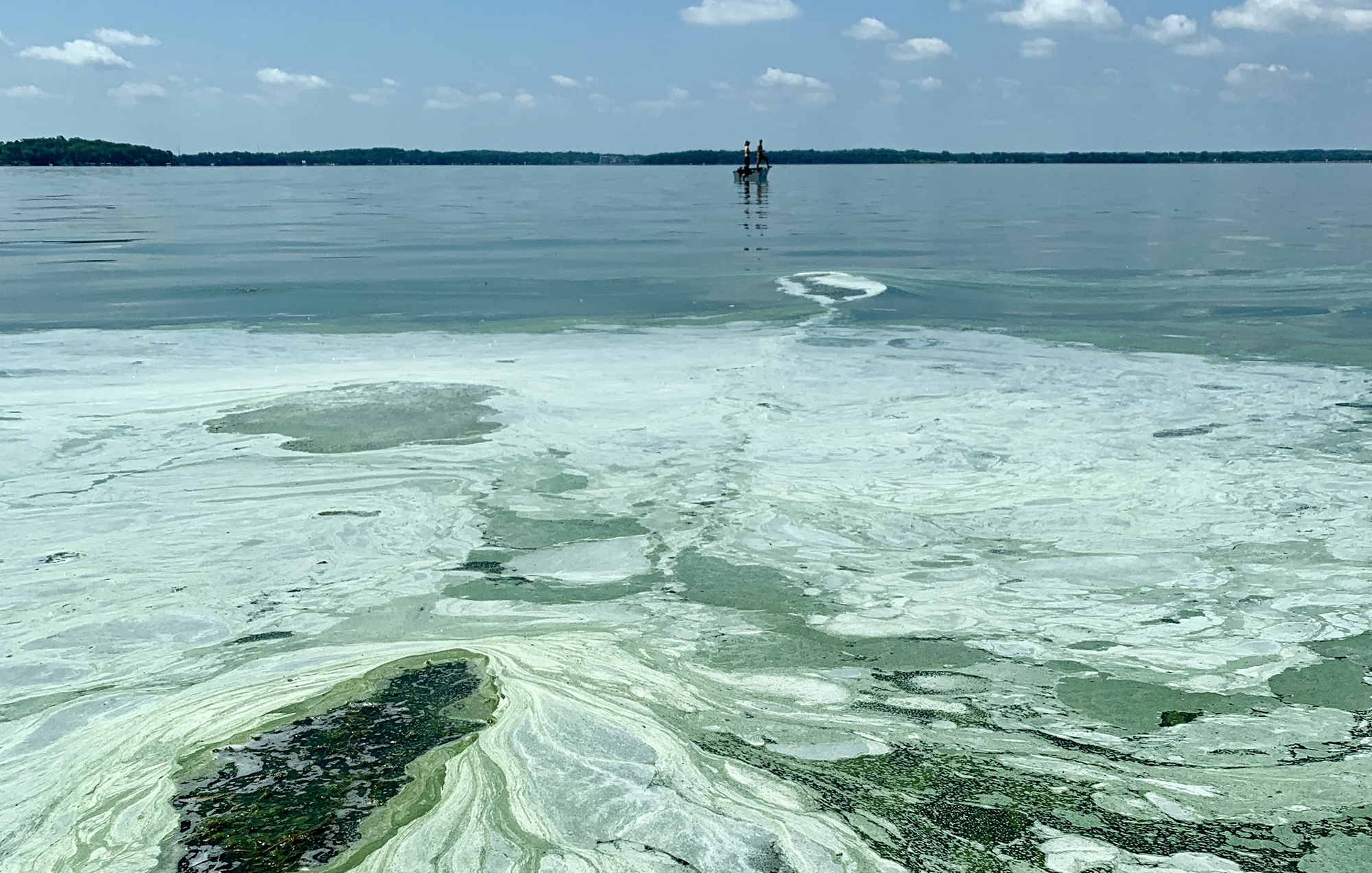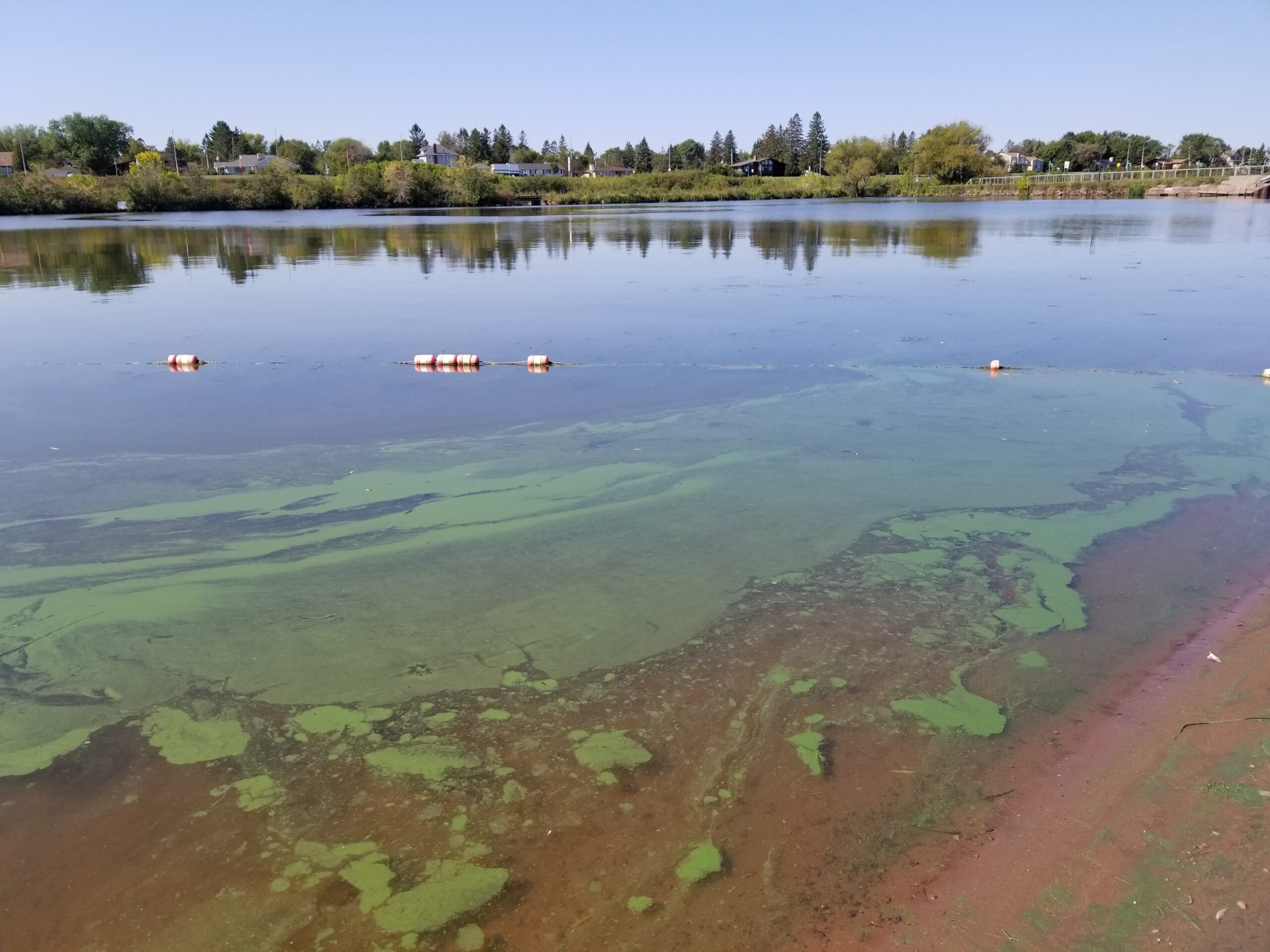Twenty Great Lakes mayors from the U.S. and Canada met in Chicago on Wednesday to avert drinking water emergencies, such as one that Toledo, Ohio faced after algae blooms forced the city to shut off its supply last month.
Blooms in Lake Erie created dangerous levels of toxin that forced Toledo to declare a state of emergency on Aug. 2. Racine Mayor John Dickert said that’s a nightmare Great Lakes mayors never want to face.
“They had to shut down the water and start to deal with immediate problems they were dealing with there,” said Dickert. “The comment that the mayor of Toledo made was a great one, which is that this is the canary in the coal mine”.
Stay informed on the latest news
Sign up for WPR’s email newsletter.
The U.S. Environmental Protection Agency released a five-year plan at the Chicago meeting called the Great Lakes Restoration Initiative Action Plan 2, which earmarks more federal clean-up money to prevent farm and city run-off.
“We don’t have the time anymore to just sit back and talk about this,” said Dickert. “It’s got to be dealt with. We can’t have another city of 500,000 people shutting down for seven days because we’re not dealing with the issues.”
Dickert said that 10 percent of the runoff which forms the algae blooms is from urban areas, but that the rest is from farms. He said that to address that trend, mayors want to forge partnerships with members of the agricultural sector to prevent algae blooms.
“This is happening all over the Great Lakes,” he said. “It’s happening in Lake Winnebago. It’s in Green Bay. These are dramatic problems that we have to deal with as mayors.”
The first Great Lakes Restoration Initiative began in 2009 and has spent $1.6 billion to re-establish Great Lakes fish and wildlife habitat, combat invasive species and clean up pollution.
Wisconsin Public Radio, © Copyright 2025, Board of Regents of the University of Wisconsin System and Wisconsin Educational Communications Board.
